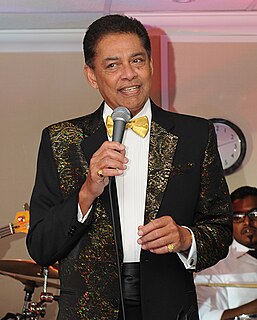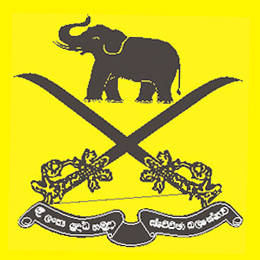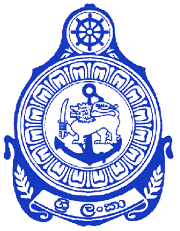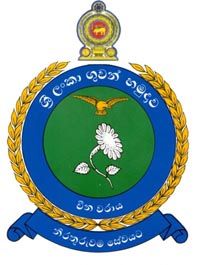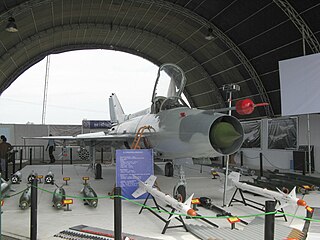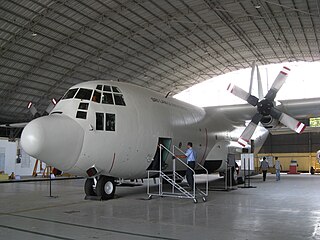| Sri Lanka Air Force |
|---|
 |
| Components |
| General Information |
| History |
| Aircraft |
| Personnel |
The Sri Lanka Volunteer Air Force (SLVAF) is the volunteer reserve element of the Sri Lanka Air Force. Its current mission is to provide trained personnel in support of the Sri Lanka Air Force, specifically No. 3 Squadron, SLAF Regiment and Airfield Construction Squadron. It is very similar to the Royal Air Force's Royal Auxiliary Air Force and the Sri Lanka Volunteer Naval Force of the Sri Lanka Navy.

The Sri Lanka Air Force (SLAF) is the air arm and the youngest of the Sri Lanka Armed Forces. It was founded in 1951 as the Royal Ceylon Air Force (RCyAF) with the assistance of the Royal Air Force (RAF). The SLAF played a major role throughout the Sri Lankan Civil War. The SLAF operates more than 160 aircraft and has a projected trained strength of 27,400 airmen and 1,300 officers, who are from both regular and reserve service. The Sri Lanka Air Force has expanded to specialize mainly in providing air-support to ground forces, troop landing, and carrying out air strikes on rebel-held areas in the Northern and Eastern theaters, but is also capable of high- and low-level air defence.

The Royal Air Force (RAF) is the United Kingdom's aerial warfare force. Formed towards the end of the First World War on 1 April 1918, it is the oldest independent air force in the world. Following victory over the Central Powers in 1918 the RAF emerged as, at the time, the largest air force in the world. Since its formation, the RAF has taken a significant role in British military history. In particular, it played a large part in the Second World War where it fought its most famous campaign, the Battle of Britain.

The Royal Auxiliary Air Force (RAuxAF), formerly the Auxiliary Air Force (AAF), together with the Air Force Reserve, is a component of Her Majesty's Reserve Air Forces. It provides a primary reinforcement capability for the regular service, and consists of paid volunteers who give up some of their weekends, evenings and holidays to train at one of a number of squadrons around the United Kingdom. Its current mission is to provide trained personnel in support of the regular RAF. Queen Elizabeth II is Air Commodore-in-Chief of the RAuxAF.
Contents
All officers and airmen who are commissioned or enlisted to the Volunteer Air Force has to undergo a specified training course to suite the SLAF requirements since they are a part of the staff of the SLAF. The duration and the nature of the training is determined by the Commander of the SLAF.


